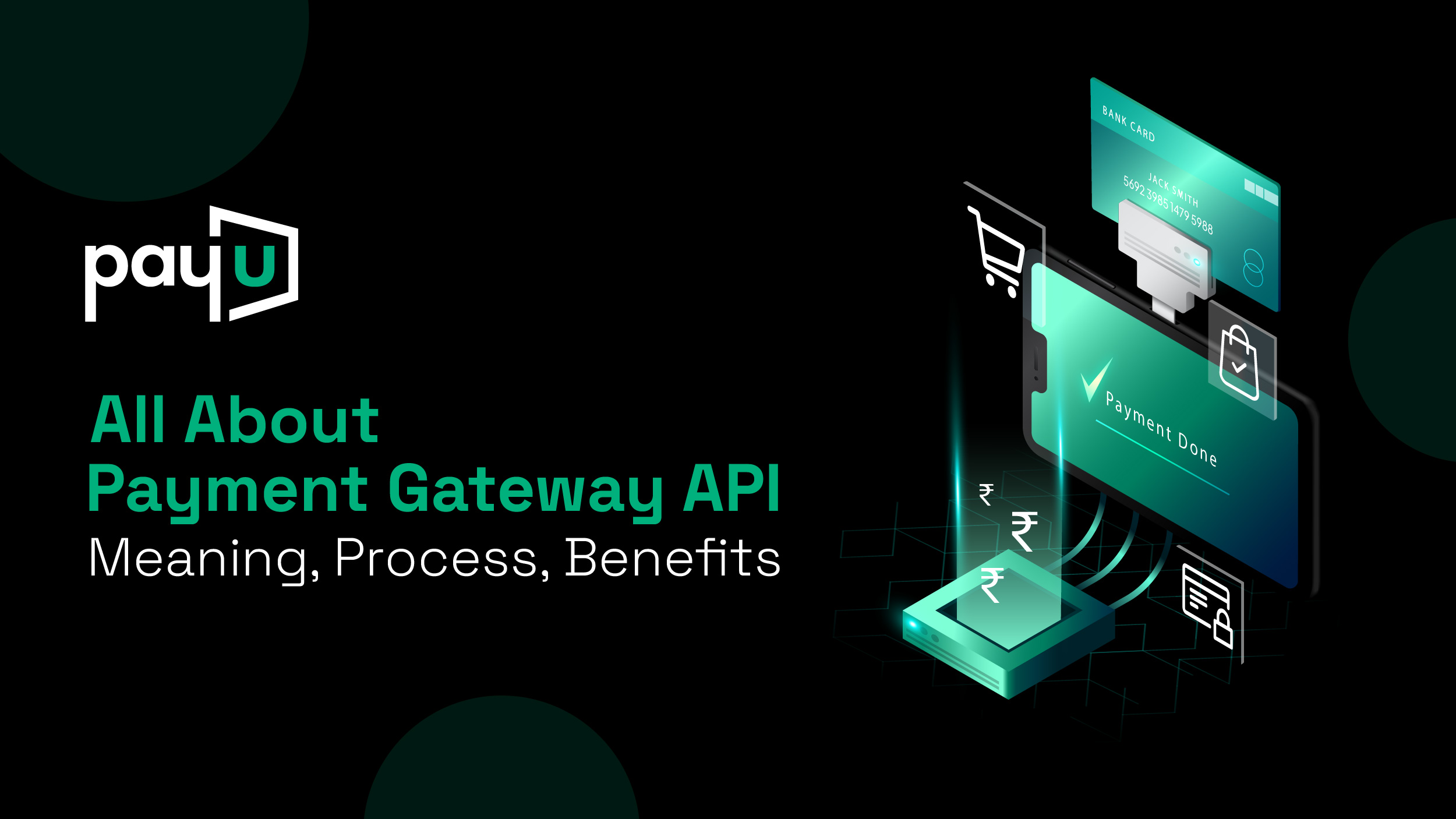
With the rapid growth of the digital world, it is important for businesses to have the capacity to process online payments. This capability is powered by the Payment Gateway API — a mechanism that enables transactions between customers and merchants. Here is a complete guide on what are Payment Gateway APIs, how they work, payment processing and what are their advantages.
| Table of Contents Payment Gateway API – What is it? How Does a Payment Gateway API Work? Benefits of Using a Payment Gateway API Considerations When Choosing a Payment Gateway API Popular Payment Gateway API Providers FAQs |
Payment Gateway API – What is it?
A Payment Gateway API (Application Programming Interface) is a set of protocols and tools that help e-commerce platforms and applications process payments efficiently. It serves as a bridge between a merchant’s website or app and financial institutions, ensuring the secure transmission of payment information. By integrating this system, customers can complete their transactions directly on the platform without being redirected, offering a smooth and convenient checkout experience.
Before diving into more details, it is essential to understand all the questions related to what is API and how it works and what is the use of API.
How Does a Payment Gateway API Work?
The operation of a Payment Gateway API involves several key steps:
1. Customer Initiates Payment: The process starts when a customer chooses a product or service and moves to the checkout on the merchant’s platform. They then provide their payment details, such as credit card information or bank account numbers.
2. Data Encryption and Transmission: The payment details are securely encrypted before being transmitted to the payment gateway, protecting sensitive information from potential breaches during online payment processing.
3. Authorization Request: The payment gateway transmits the encrypted data to the payment processor, which is essential to the transaction process. The payment processor contacts the card network or customer’s bank to validate the transaction details and check for sufficient funds. This step is essential to confirm the transaction’s legitimacy.
4. Approval or Rejection: Once verification is done, the customer’s bank responds with either an approval or decline message, which is relayed back through the payment processor to the payment gateway.
5. Completion of Transaction: If approved, the payment gateway communicates this status to the merchant’s platform, allowing the transaction to complete. The amount is then transferred from the customer’s account to the merchant’s account.
This entire process typically occurs within seconds, ensuring a swift and efficient payment experience for the customer.
Benefits of Using a Payment Gateway API
Integration of a Payment Gateway API with a business’s payment system offers many benefits:
1. Security Improvements: Payment Gateway APIs use strong encryption and tokenization methods to protect customer data, reducing the risk of fraud and data breaches.
2. Seamless Customer Experience: Payment Gateway APIs allow customers to complete transactions on the platform without redirection, ensuring a smooth and uninterrupted process. This seamless experience elevates user convenience and increases conversion rates, making customers feel valued and well-served.
3. Customization and Flexibility: Businesses can customize the payment process according to their branding and operational requirements, allowing them to offer different payment methods and add new features as necessary. These features could be things like subscription management for the recurring payments, fraud detection tools, or loyalty program integration.
4. Global Reach: By supporting multiple currencies and international payment methods, Payment Gateway APIs help businesses reach a wider audience and serve a diverse customer base.
5. Efficient Transaction Processing: These APIs allow quick and reliable processing of payments, ensuring that transactions are completed promptly and accurately.
6. Compliance with Industry Standards: Payment Gateway APIs help businesses adhere to Payment Card Industry Data Security Standards, ensuring that payment processes meet established security requirements.
Considerations When Choosing a Payment Gateway API
When selecting a Payment Gateway API for your business, consider the following factors:
1. Security Enhancements: Payment Gateway APIs employ strong encryption and tokenization techniques to help customers’ sensitive information stay secure, making it less possible for fraud as well as for data breaches to occur.
2. Integrated Customer Experience: Using Payment Gateway APIs, customers are able to make payments without being redirected to the payment processor’s site, which gives a smooth transaction process. Ultimately, providing a smooth and hassle-free experience to users makes them feel at ease, leading to high customer satisfaction and better conversion rates.
3. Customization and Flexibility: Companies can tailor the payment process to their branding and operational needs, enabling them to provide alternative payment options and introduce new features whenever needed. These features can include subscription management for recurring payments, fraud detection tools, or loyalty program integration.
4. Global Reach: By supporting multiple currencies and global payment options, Payment Gateway APIs enable organizations to access a broader market and cater to many customers.
5. Successful Transaction Processing: These APIs enable quick and secure processing of payments to make sure that transactions are processed quickly and efficiently.
6. Industry Compliance: Payment Gateway APIs ensure that businesses comply with Payment Card Industry Data Security Standards (PCI DSS) so that payment processing is as per prescribed security standards.
Popular Payment Gateway API Providers
Several providers offer robust Payment Gateway APIs. Here are a few notable examples:
- Razorpay – Known for easy integration and diverse payment options.
- PayU – Offers strong security and multiple payment methods.
- CCAvenue – Supports international payments and various currencies.
- Instamojo – Ideal for small businesses with quick onboarding.
- BillDesk – Trusted for utility bill payments and recurring transactions.
- Cashfree – Provides instant settlements for businesses.
- PhonePe & Paytm – Offer UPI-based payment solutions.
FAQs
What is a Payment Gateway API?
A Payment Gateway API is a software interface that enables a website or app to connect to a payment processor. It securely transmits transaction data, enabling online payments.
How does a Payment Gateway API process payments?
The API captures customer payment details, encrypts them, sends them to the payment processor for authorization, and then returns the transaction status to your platform.
What are the benefits of using a Payment Gateway API?
APIs offer seamless integration, enhanced security, diverse payment options, and automation, improving user experience and streamlining online transactions.
Is a Payment Gateway API secure?
Yes, reputable APIs use robust encryption and adhere to PCI DSS standards, ensuring the secure handling of sensitive payment data during transactions.



